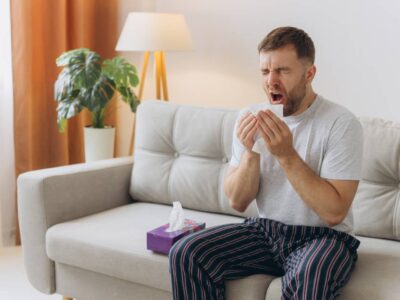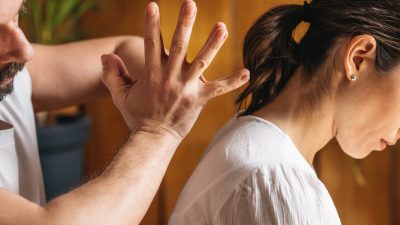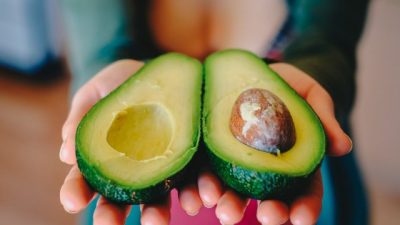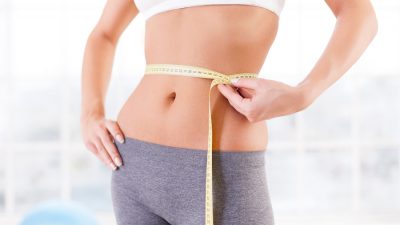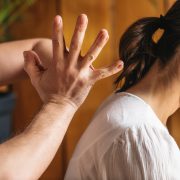Experiencing pain or aching after a workout is a common part of any fitness journey, but it can be confusing to know what’s normal and what’s a warning sign.
While some discomfort signals that your muscles are adapting and growing stronger, too much pain can indicate injury or overtraining.
Understanding how much pain is too much, whether you should skip workouts when sore, and the role of post-exercise aching is essential for staying healthy and making consistent progress. In this article, we’ll explore how to listen to your body, manage soreness, and find the right balance between pushing yourself and resting.
What Is Normal Post-Workout Pain?
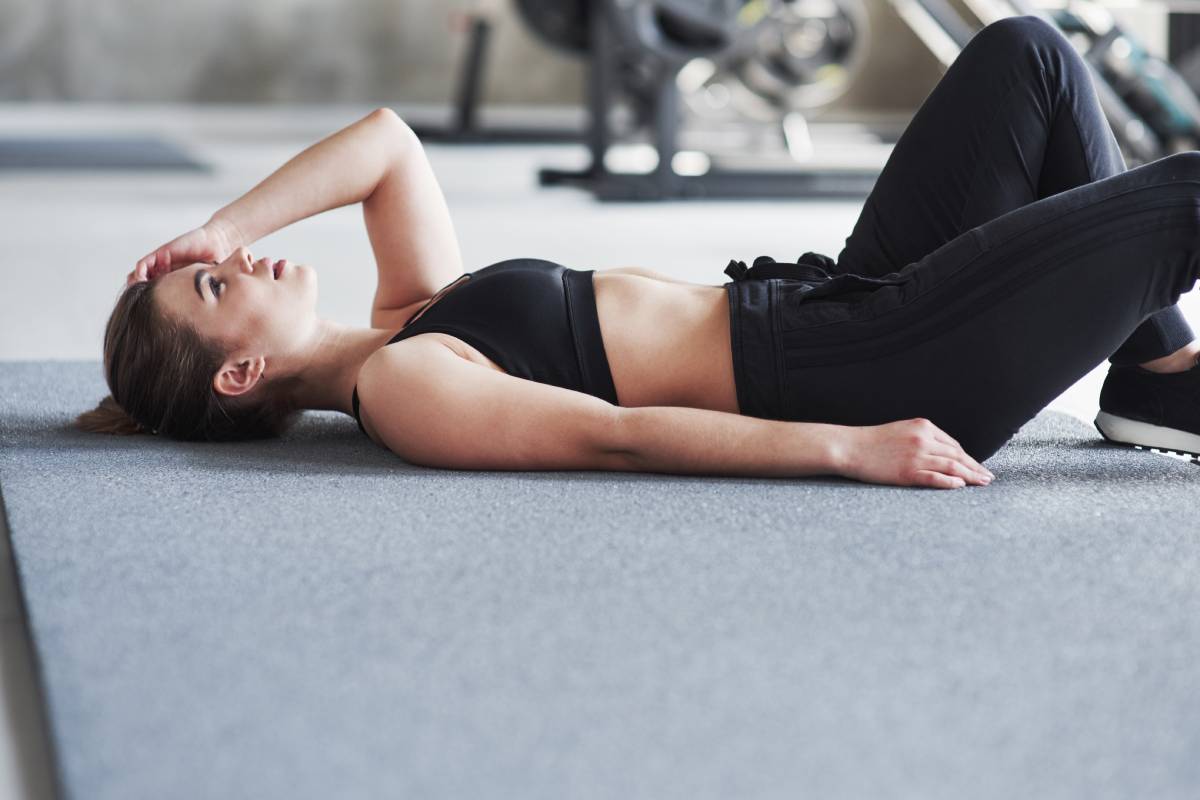
First, it’s essential to differentiate between two common types of post-exercise discomfort:
- Muscle Soreness (Delayed Onset Muscle Soreness, DOMS):
- Acute Pain During or Immediately After Exercise:
Sharp or intense pain during a workout is usually a warning sign that something is wrong, such as a strain, sprain, or improper form. This kind of pain should never be ignored.
How Much Pain Is Too Much After a Workout?
Recognizing Excessive Pain
While some aching after workout is normal and even beneficial, there is a threshold beyond which pain can be harmful. Here are signs that your pain may be too much:
- Sharp or stabbing pain: Unlike the dull ache or aching after workout, sharp pain often indicates injury.
- Swelling or bruising: Visible signs of trauma suggest tissue damage.
- Pain lasting longer than 72 hours: Extended aching after workout might signal muscle strain or overuse.
- Limited mobility: If pain restricts your ability to move normally, it’s time to rest.
- Pain that worsens with time: Instead of improving, increasing aching after workout can be a red flag.
Why Ignoring Excessive Pain Is Risky
Should I Skip a Workout If I’m Sore or Experiencing Aching After Workout?
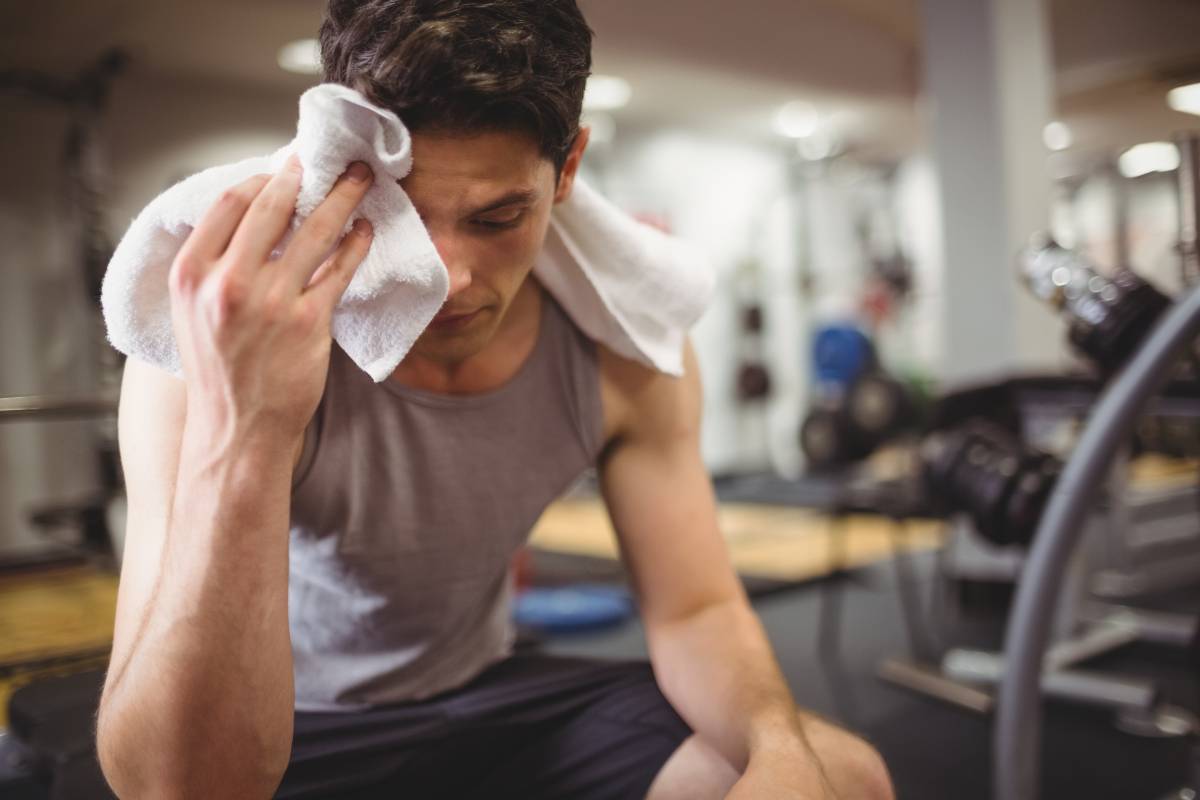
Understanding When to Rest
Soreness and aching after workout are not always reasons to skip exercise. In fact, light movement can help improve blood flow and reduce muscle stiffness. Here’s how to decide:
- Mild to moderate soreness or aching after workout: It’s usually okay to work out if the pain is manageable. Consider doing low-impact or different muscle groups to avoid aggravating Achilles running pain.
- Severe soreness or pain: If aching after workout limits your range of motion or causes significant discomfort, especially pain around the Achilles tendon, take a rest day.
- Listen to your body: Fatigue, poor sleep, or general weakness along with soreness and aching after workout are signs you may need more recovery.
Active Recovery vs. Rest Days
Is Pain and Aching After Workout Good or Bad?
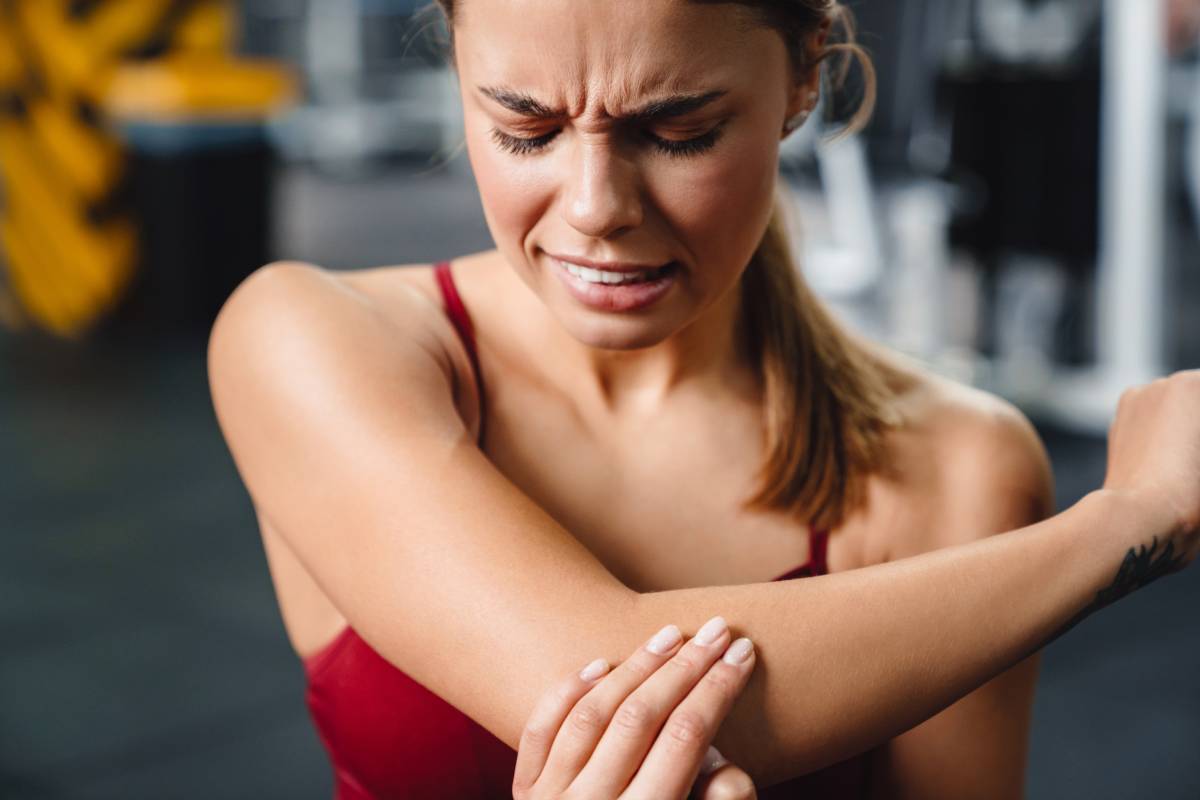
The Role of Pain and Aching After Workout in Muscle Growth and Fitness
- Positive effects: Mild soreness after workout can encourage healthy adaptation, improved strength, and endurance.
- Negative effects: Excessive aching after workout can hinder performance, increase injury risk, and affect motivation.
Mental and Emotional Impact
Experiencing some aching after workout and overcoming it can boost confidence and reinforce discipline. Conversely, chronic pain or intense aching after workout may lead to frustration and burnout.
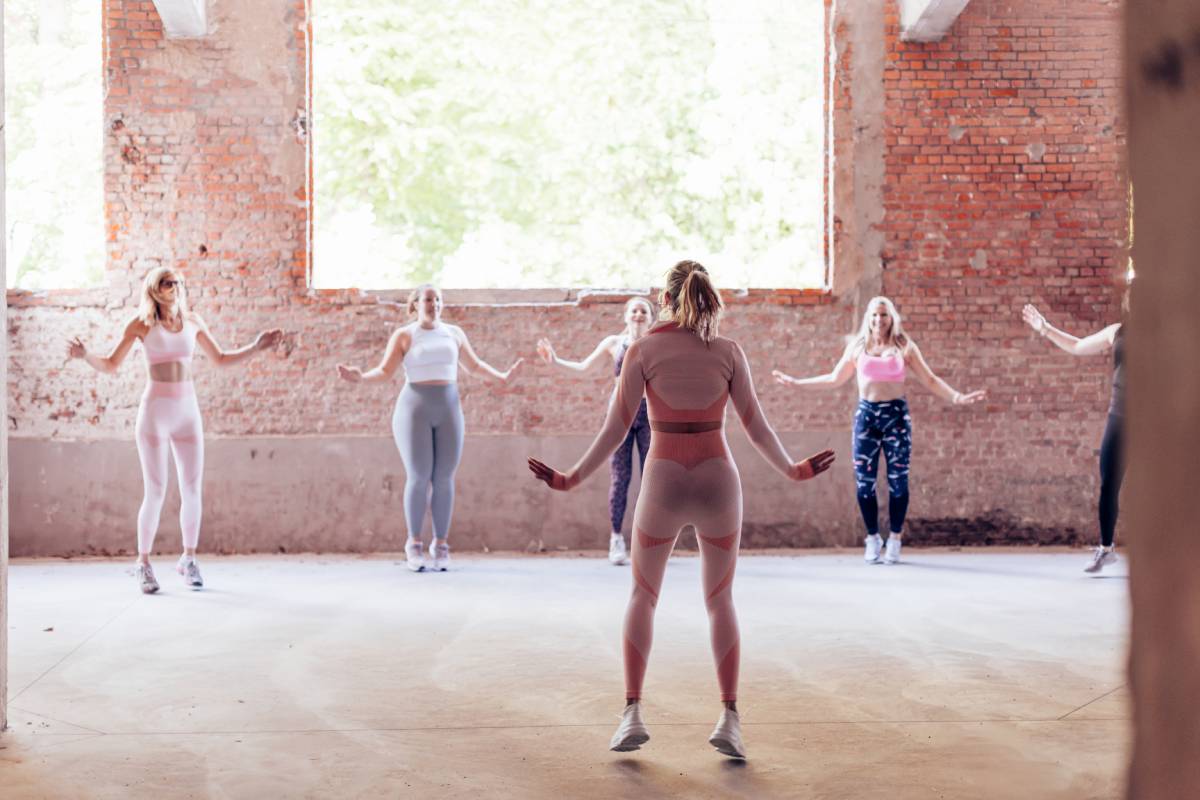
Tips for Managing and Preventing Excessive Aching After Workout
- Warm-Up Properly:
Warming up increases blood flow to your muscles, which prepares them for the upcoming workout. This process reduces the risk of strains or injuries and helps decrease excessive post-workout soreness by gradually activating your muscles and joints. - Progress Gradually:
Avoid jumping into intense workouts too quickly, especially if you’re new or returning after a break. Slowly increase the duration and intensity of your exercises to give your muscles time to adapt and minimize the risk of excessive soreness and fatigue. - Hydrate and Eat Well:
Proper hydration keeps your muscles functioning optimally and aids in flushing out toxins that can contribute to soreness. Eating a balanced diet rich in protein, healthy fats, and carbs supports muscle repair and speeds up recovery after exercise. - Incorporate Stretching and Mobility Work:
Regular stretching and mobility exercises improve your flexibility and range of motion. This reduces muscle tightness and stiffness, helping to prevent post-workout soreness and improve overall movement quality during your training. - Use Recovery Techniques:
Techniques such as foam rolling, massages, ice baths, or contrast showers help increase blood circulation and reduce muscle inflammation. These recovery methods can ease muscle tightness and soreness, helping you bounce back faster for your next workout. - Get Enough Sleep:
Sleep is when your body repairs and rebuilds muscle tissue. Getting adequate, quality sleep is essential to reduce post-workout soreness and improve your overall recovery, energy, and performance in future training sessions. - Listen to Your Body:
Pay attention to your body’s pain and fatigue signals. Adjust your training intensity, rest more, or change exercises if you notice excessive soreness. Respecting these signals helps prevent injury and promotes sustainable progress in your fitness journey.
When to See a Doctor or Physical Therapist
- Severe or sharp pain beyond normal soreness after workout
- Soreness after workout that doesn’t improve with rest
- Swelling or bruising
- Persistent weakness or numbness
- Soreness after workout affecting your daily activities
A healthcare provider can diagnose injuries, recommend treatment, and guide safe return to exercise.
Conclusion
Pain and aching after a workout are normal parts of getting fit, but it’s important to know when the pain is too much. Mild to moderate soreness usually means your muscles are growing stronger. However, sharp or long-lasting pain can be a sign of injury or overtraining.
Deciding whether to skip a workout depends on how sore you feel and how your body is doing overall. Pay attention to your body, take enough time to recover, and find the right balance in your workouts to avoid injury.
Remember, pain and soreness after exercise can be helpful or harmful. Understanding what your body is telling you is key to staying healthy and enjoying your fitness journey.




